Il Luogo di Aimo e Nadia (“the place of Aimo and Nadia”) is tucked away in a quiet suburb of Milan, about four miles west of La Scala. Aimo Moroni and his wife set up the restaurant back in 1962, and in an age where many restaurants struggle to last a few years, anywhere that has been going for over five decades must be doing something right. They were awarded their first Michelin star in 1980 and their second in 1990, which the restaurant has held ever since.
The main dining room is on the ground floor and has modern art on the walls; there is a second room adjacent to this. In all, 40 diners can be seated at any one time. With Mr Moroni now eighty, the kitchen these days is in the hands of two younger chefs, Alessandro Negrini and Fabio Pisani. Mr Pisani worked for three years in Paris at the Grand Vefour, two years at The Waterside Inn, a year at the restaurant Dal Pescatore, and then moved to Il Luogo di Aimo e Nadia in 2005. Alessandro Negrini worked at the Palace Hotel in St. Moritz and at the Gallia Palace in Punta Ala before moving to Il Luogo di Aime e Nadia. He continued his training for two years at the Domaine de Châteauvieux in Geneva and one year at Dal Pescatore before returning here in 2005.
There was a five course tasting menu at €95 as well as a full a la carte choice, with most dishes on the latter between €30 and €45. The wine list was extensive, with 700 labels mostly from Italy but also with good coverage of France and with some excellent German Rieslings. There were a smattering of bottles from elsewhere; even the lovely Chateau Musar from the Lebanon put in an appearance. Example labels were Yarden Chardonnay 2012 from the Golan Heights Winery at €55 for a label with a retail price of €20, Markus Molitor Riesling Spatlese Zeltliner Sonnenuhr 2008 at €75 for a bottle that can be found in the supermarket for about €20, and Le Pottazine Brunello di Montalcino 2006 at €160 for a bottle that will set you back €105 in a shop. For those with the means there were grander selections such as Guigal La Mouline 2002 at a rather unkind €580 compared to a current market price of €170, or its sister wine Guigal La Londonne 2006 at €700 as opposed to its retail price of €260. Vega Sicilia Unico 1987 was a better deal, at €560 compared to a market price of €470.
An initial nibble was tomato, capers and burrata on bread, a simple dish but blessed with superb tomatoes from Sicily with great flavour (17/20). This was followed by a mussel with ricotta and toasted chickpea flower, which lent a kind of coffee flavour to the shellfish. The mussel itself was excellent (16/20). The final nibble was a red pepper crisp, which was fine, but there is a limit to how exciting this can really be (15/20). Bread was mostly made in house, with delicate grissini, pleasant white roll and nicely flavoured fennel seed bread. The one bought-in bread was served warmed up in the oven and frankly tasted a little stale. If I was them I would stick to their own bread.
Vegetable soup was made from a 40 year old recipe and comprised carrots, fennel,, spinach, white beans, green beans, broad beans, courgette, chickpeas and barley, each vegetable prepared separately before being brought together for the soup, the seasoning spot on (16/20).
As a starter course my spaghettoni was made with semolina durum wheat, and served very simply, cooked with Tropea spring onions and a touch of red chilli, Sicilian olive oil and basil. This is a signature dish of the restaurant and a representative expression of the cooking style here, which is deceptively simple and built around extracting the maximum flavour from high quality ingredients. The pasta had superb texture, the onions and hot sauce just lifting the flavour of the dish (18/20).
Cod was cooked in a crisp bread crust with thin slices white turnip pickled with apple vinegar. This was the most technical of the dishes that we encountered. The crust was made by making bread dough and then passing this through a pasta machine many rimes, then filling the dough with cod prior to deep frying, sprinkled with a powder of verbena. It was essentially a sort of cod samosa. It had terrific flavour, the crust remarkably delicate and the pickled turnip both impressive in itself (anyone that can make a turnip taste good has my undying admiration) and bringing a contrasting sourness that contrasted nicely with the flavour of the fish (19/20).
Risotto was made with carnaroli rice and came with raw San Remo shrimps, Nocellara olive oil from southwest Sicily, burrata cheese and beefsteak tomatoes, with oregano and a few mint leaves. This was another lovely dish, the rice having been cooked with high quality stock, the prawns sweet and the tomatoes having excellent flavour (18/20).
A second preparation of the signature spaghettoni was with datterini tomatoes from Sicily, Nolche olives, Pantelleria caper powder and zest of Amalfi lemons. I actually preferred this pasta dish to the earlier version, the quality of the tomatoes and olives again superb, and the lemon zest bringing a touch of acidity. Pasta does not get better than this (19/20).
Pigeon was from a supplier called Miroglio in Piedmont, and served in three stages. First was fillet of the pigeon with agnoli pasta, black truffle and a consommé of the cooking juices. Next the legs were filled with the liver of the bird and wrapped in bacon with carrots and green asparagus, and finally the pigeon breast came with spinach and a reduction of the cooking juices. The quality of the pigeon was outstanding, as was the technique involved: the consommé was dazzling, the spinach some of the best I have eaten, the sauce rich yet not cloying. This was a world-class dish (20/20).
I also tasted another speciality of the kitchen. Sucking pig was from an Umbrian supplier called Alfredo Angeli, the meat flavoured with rosemary and apple honey, and served with the crackling, along with superb green asparagus from Liguria. The pork was superb, the crackling in particular some of the best I can recall, the meat itself having glorious flavour (19/20).
As a pre-dessert, ricotta foam flavoured with liquorice came strawberries, raspberries and rhubarb. This was pleasant though not in the league of the savoury courses (16/20). Amarelli Liquorice soufflé came with salted caramel ice cream and buffalo ricotta. The soufflé was technically well made and the ice cream was lovely, with smooth texture and pleasing flavour balance (17/20). Venezuelan Criollo chocolate raviolo came with apricot compote and peppermint with a sauce of Barolo Chinato, an aromatic digestif made from old Barolo grapes. This was quite rich, though the apricot brought a touch of balancing acidity (16/20).
For petit fours there was a cherry tart with vanilla cream, a macaron with cherry cream, and a chocolate with bitter orange. These were enjoyable, especially the cherry tart, whose fruit was of high quality (17/20). Coffee was from a Verona supplier called Jamaica Caffe; the restaurant actually uses four different coffees from the supplier here, and I tried two of them. The first was a little bitter and was served warm rather than hot, the second was smoother and at the correct temperature.
Service, led by suave maitre d' Nicola Dell'Agnolo, who had in the past worked at La Tante Claire and Chez Nico in London, was friendly and efficient. The bill came to €230 (£179) per person, with a good bottle of wine between two plus a further glass. If you shared a modest wine then a typical cost per head would be around £150. Overall Aimo e Nadia is a lovely experience, the cooking getting to the heart of what the best Italian food is all about: simplicity and top notch ingredients. The best dishes here, the pasta and savoury courses, are absolutely top class, with the nibbles and desserts pleasant but not quite in the same league. However there is a real sense of hospitality here, and this little restaurant in its suburban setting remains one of my favourites in Italy. No one in the kitchen here ever agonised over what their dishes would look like on Instagram, or whether they could impress their chef colleagues at the next culinary conference. Instead they just source top-notch ingredients and cook them carefully and with love. I hope they continue doing so for another fifty years.
BookFurther reviews: 13th Jul 2023 | 01st Mar 2009
































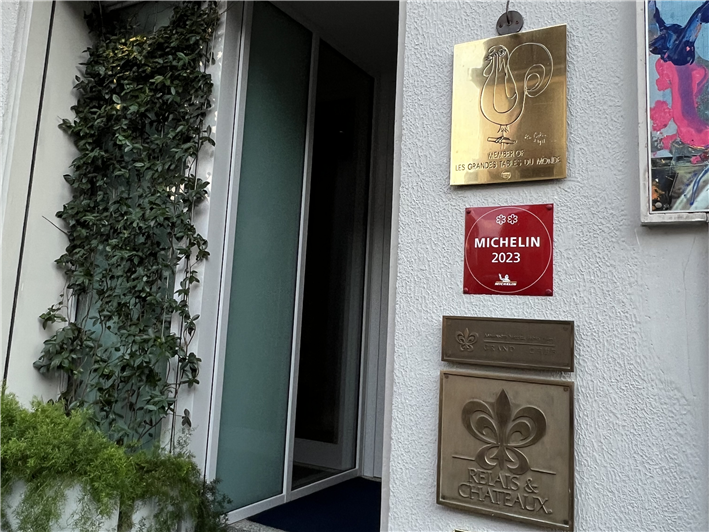


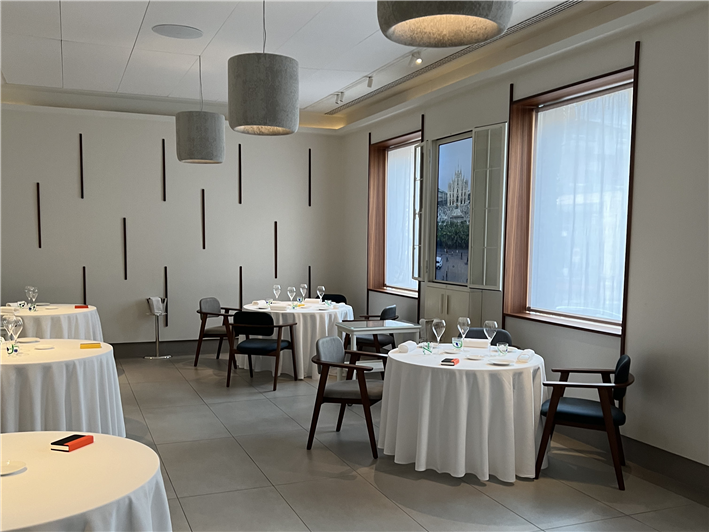

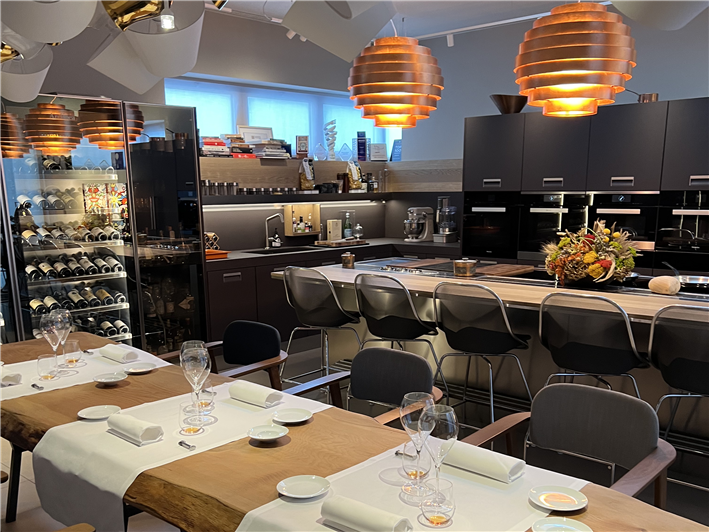
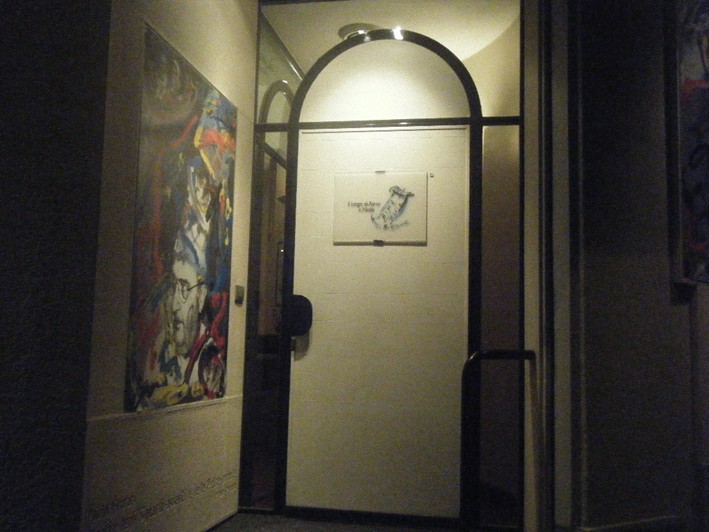

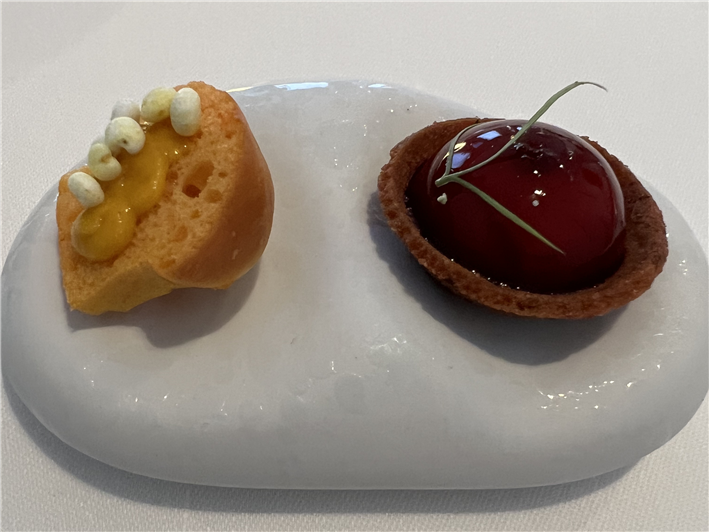

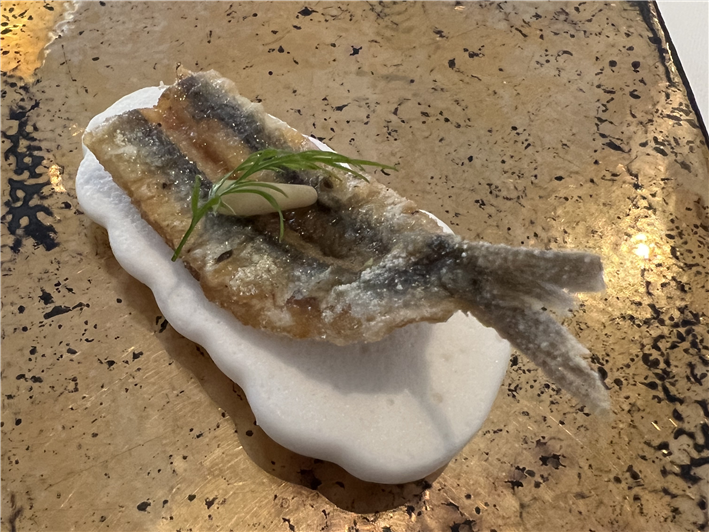
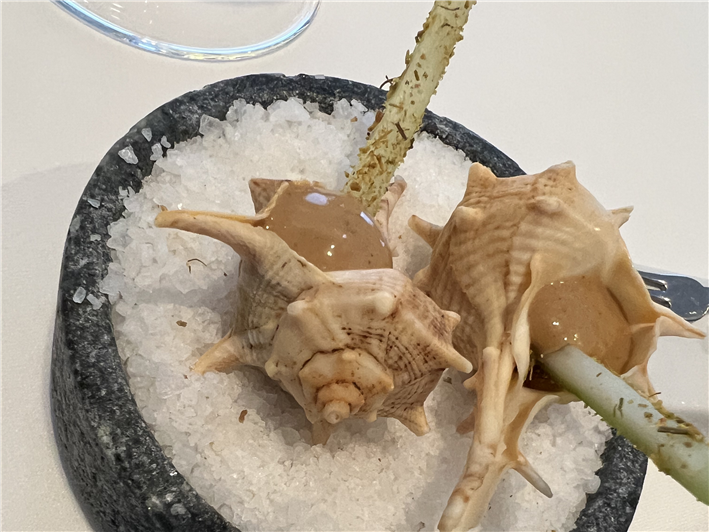

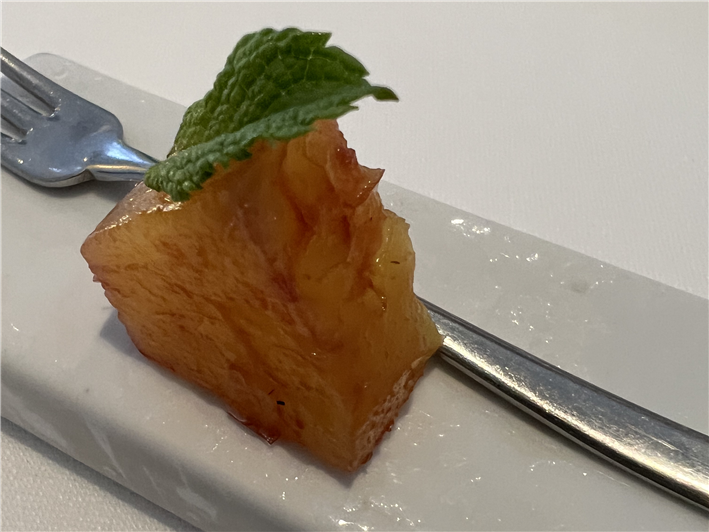
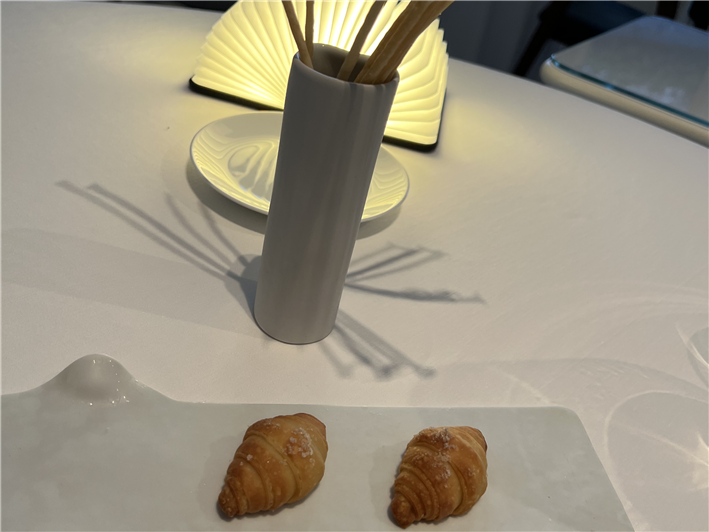



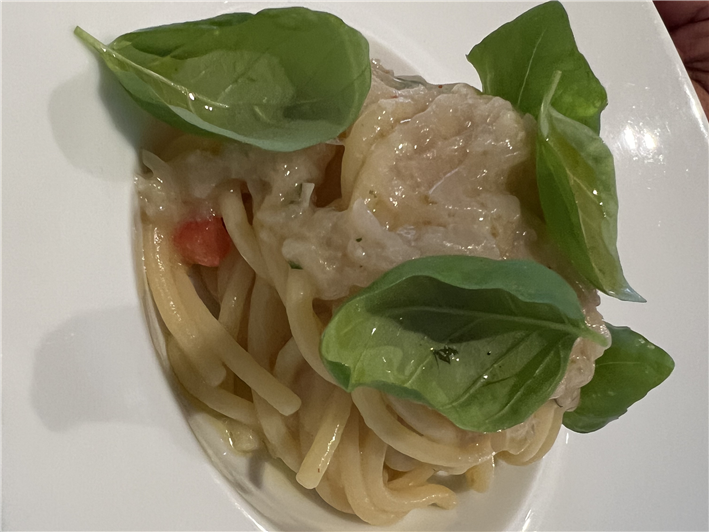
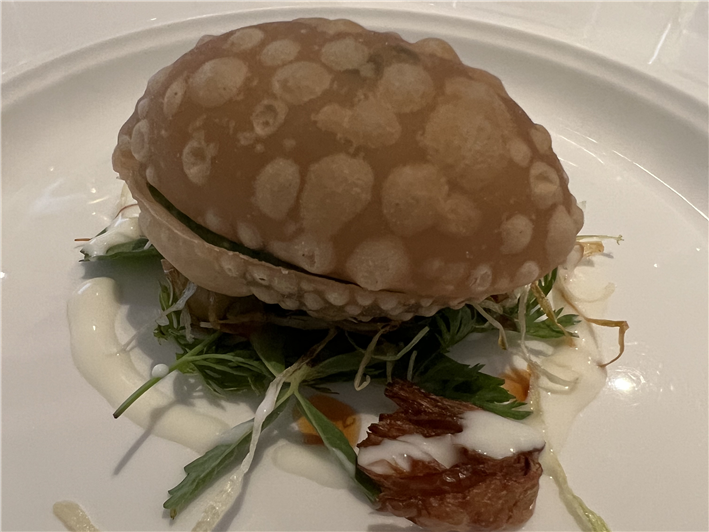
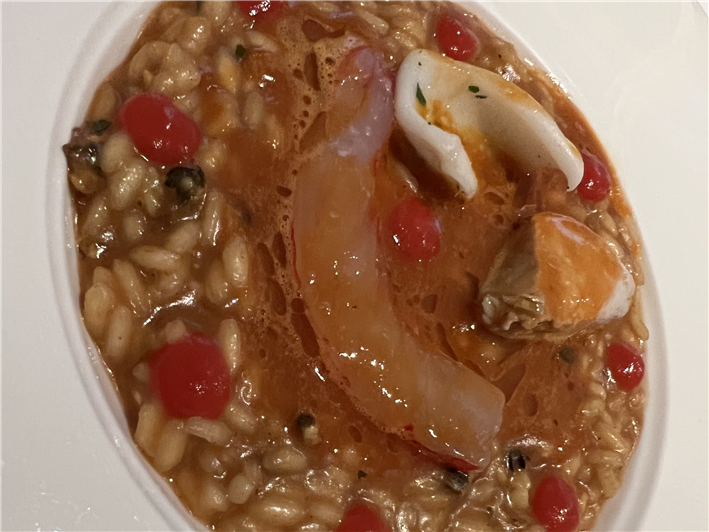
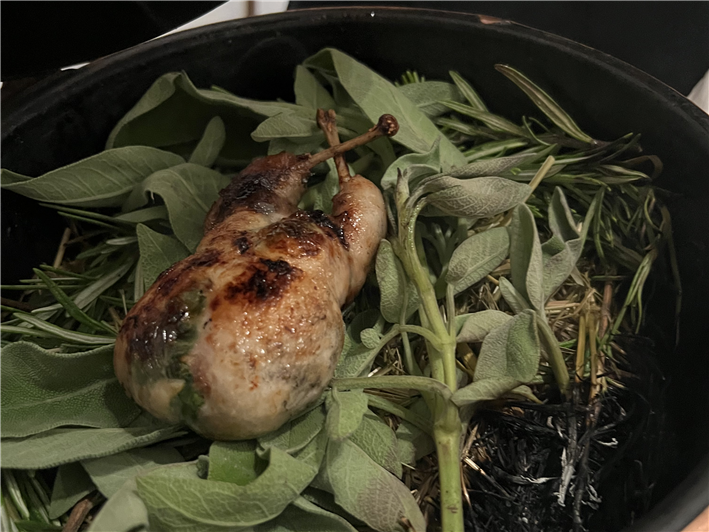
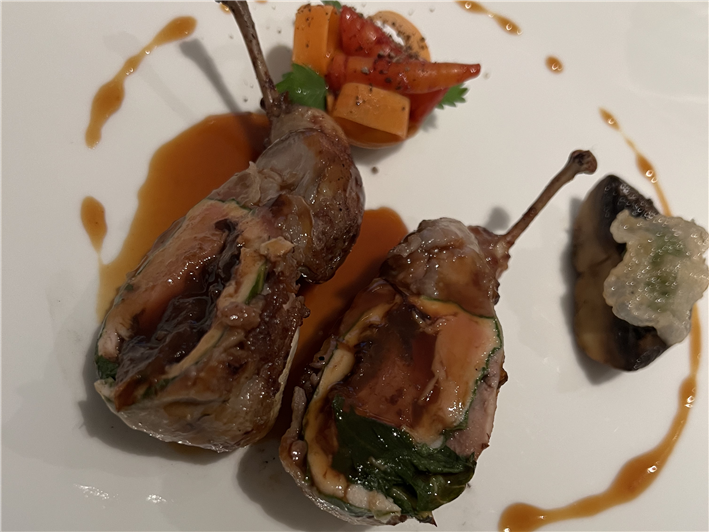


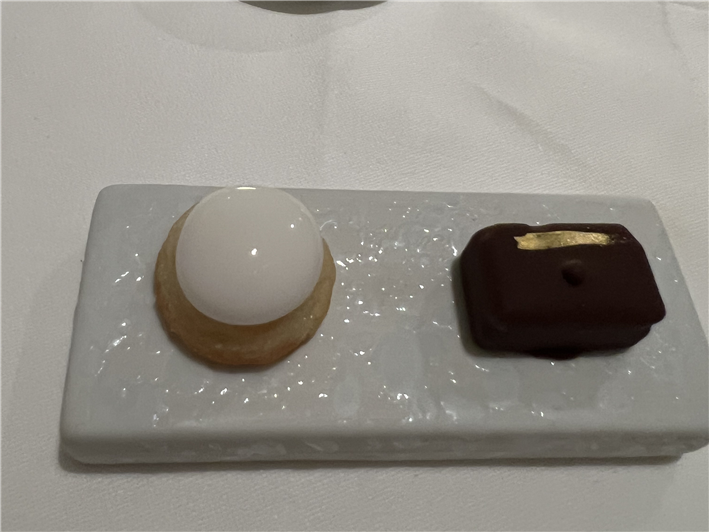
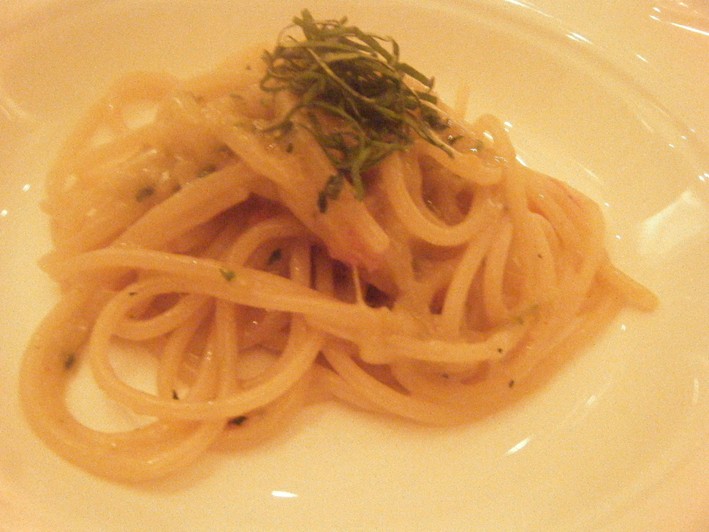
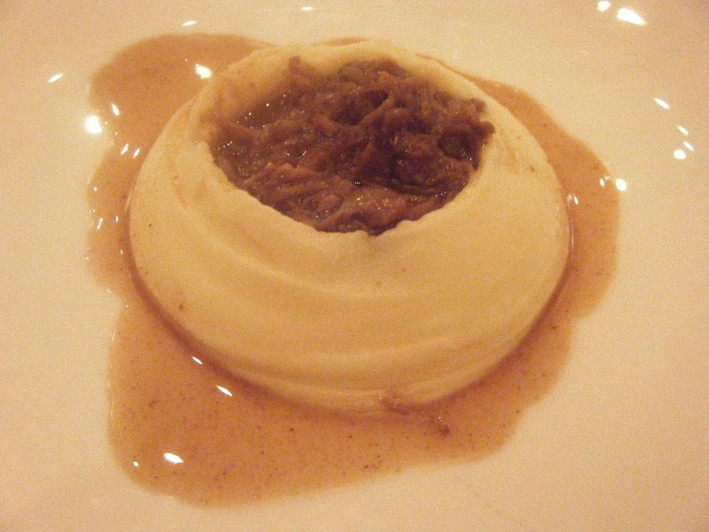
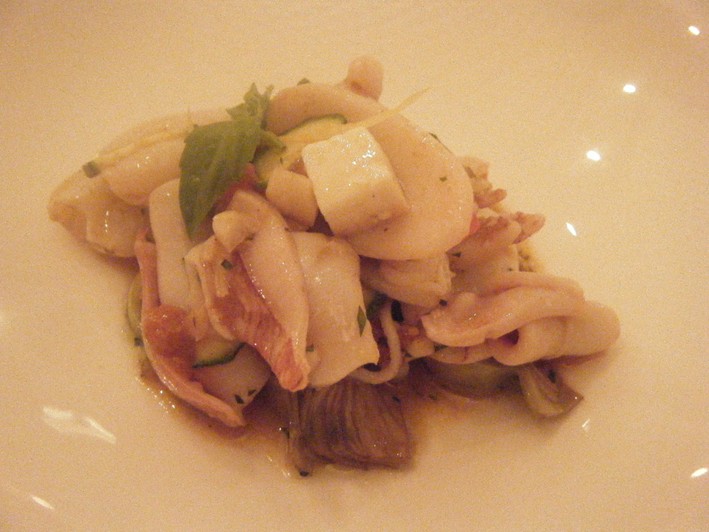
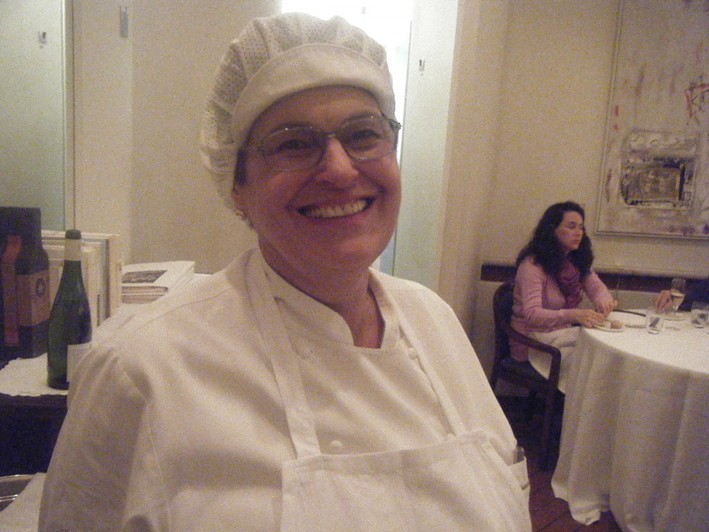


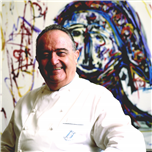
Peter Auburn
10/10/20222 I ate the Autumn Journey tasting menu at E 240 pp : Delicate grissini and 3 types of bread were very good. A delicious mussel was filled with buffalo ricotta, Amalfi lemon and flour of toasted chickpeas from Murge 16/20. Tomato cake 15/20. Dentex, radishes and cucumber salad in a chickpea samosa 16/20 San Remo purple shrimp marinated in herbs 16/20 Veal sweetbreads flavoured with rosemary and plums 19/20 Crispy red Senise pepper stuffed with seafood carnaroli risotto 16/20 Tortelli filled with Piemontese beef ossobuco, its marrow,its stock, saffron and Parmesan 17/20 Apicius smoked and spiced duck in a cuttlefish sauce and celeriac sorbet 17/20 Pre dessert - Bon bon flavoured with dill and rhubarb compote 16/20 Amarelli licorice root souffle with vanilla ice cream - not sweet enough 15/20 3 petits fours A bottle of Dipoli Voglar sauvignon blanc Alto Adige 2018 cost E65 This was one of the cheapest bottles of wine on the list. Service was very good bar the sommelier being rushed and spilling my wine twice down the outside of the glass. A very pleasant experience, which overall I graded at 17/20